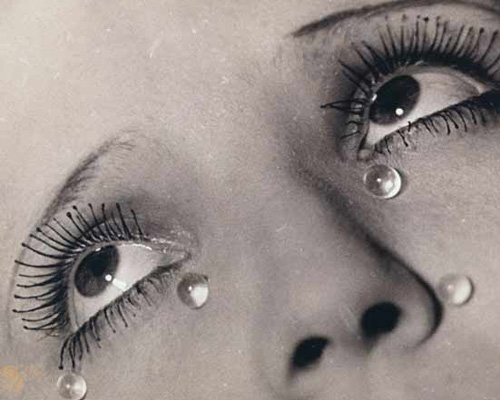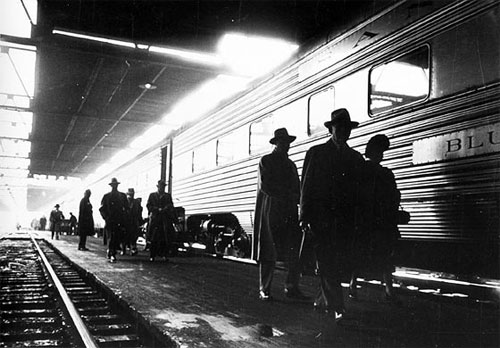Until the 12th of February, the Whitney Museum of American Art in NY exhibits “Real / Surreal” analyzing the two art currents of the nineteenth and twentieth century endorsed by concepts of freedom and a political perspective on art through the works of American artists in the decades of 20´s, 30´s and 40´s of the last century.

The exhibition curated by by Carter Foster, reflects on the philosophical sense that envelops the Whitney Museum´s permanent collection, which focuses on the tension that mark these two currents in the history of art in the last century.
Realism was founded after the French Revolution, when there is a moving art necessity that proclaims reality as the focus of interest, fixing its gaze on social events and the freedom to express this view focused on injustice. Paintings portray everyday life without gadgets and reject the scholarship that dominated art then
Surrealism is the heritage of Dadaism, the artistic vanguard from the 20´s of the last century, focusing mainly around the thoughts of Andre Breton and the Paris group. Breton, is a poet who will rebel against the limits imposed by reality to subvert freedom to create and to liberate the path for imagination, where the act of writing does not go through correction of reason, but by images that present emotion.
Despite the large apparent opposition between realist and surreal streams, they converge on the same point of opposition and unleash a wide range of views, trends and movements in art, that this sample narrows to 20 years of the twentieth century, using the works of George Tooker, Edward Hopper, Charles Sheeler, among other artists.
George Tooker born in the U.S. in 1920 studied literature at Harvard University, but moved to realistic figurative painting, especially magical realism and social realism, focusing on human alienation. His characters are clearly androgynous, empty of expression or movement that show the confinement of political and social rights in an Orwellian society, where technology and science fail to produce the right to pleasure, or the right to the enjoyment of happiness.
Edward Hopper is one of the most famous painters of the United States. Representative of the abstract expressionism that develops after the Second World War, developing situations by taking everyday moments of the American culture of the time. His works are almost a diary of the era he lived in. His characters appear in uninhabited areas where use of light and cool colors mark in his particular style. Hopper reflects in his work a critical approach to a society that advances within an individual dehumanizing development status .
The exhibition also shows works in painting, drawing and photography from the early 60´s, juxtaposed with earlier works to show how each group of artists developed an approach to reality.
For more information: http://whitney.org/Exhibitions/RealSurreal
Like the Richard Gere and Winona Ryder, romantic movie Autumn in New York, come to live the dream of a city that does not stop while staying in apartments in New york and fulfill the desire to enjoy all the places that make it the Big Apple..

 English
English Translated by: Marc
Translated by: Marc
